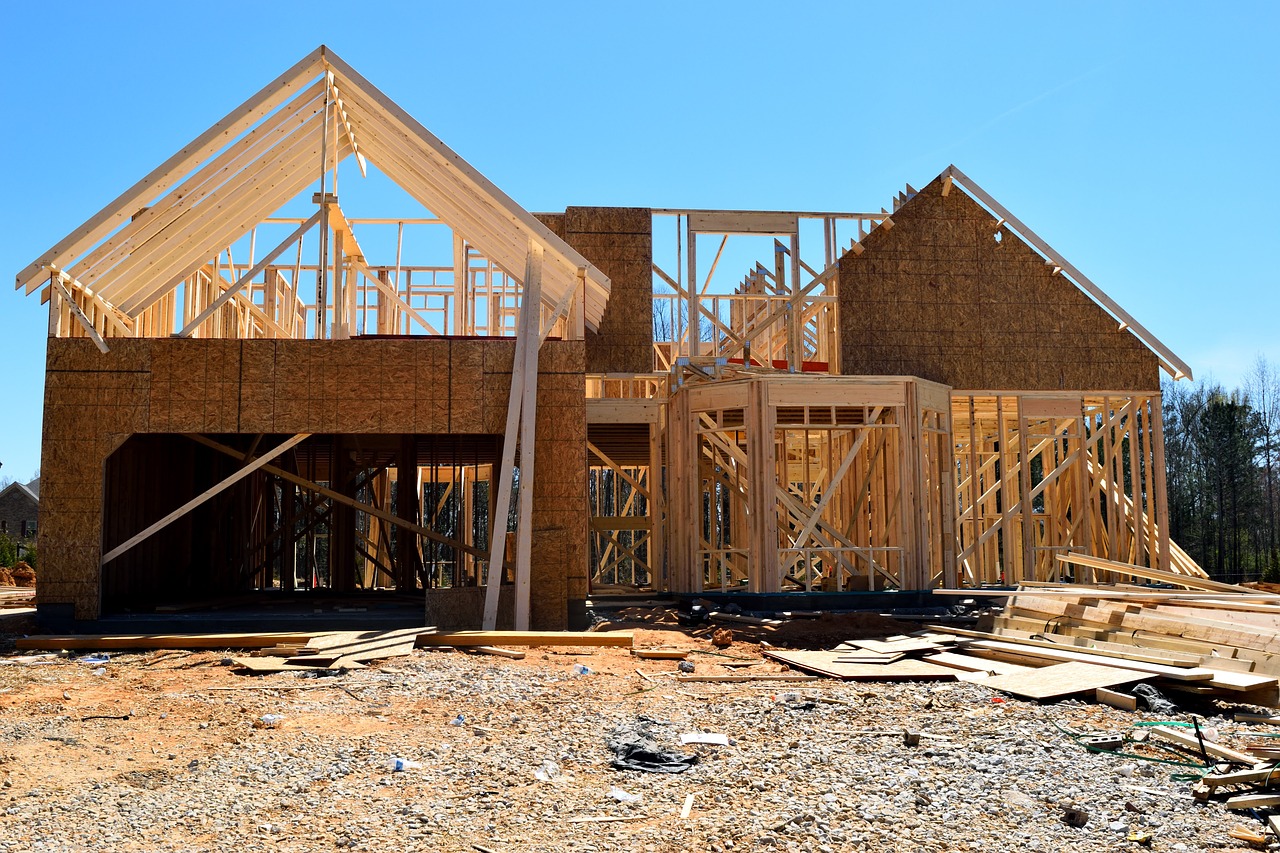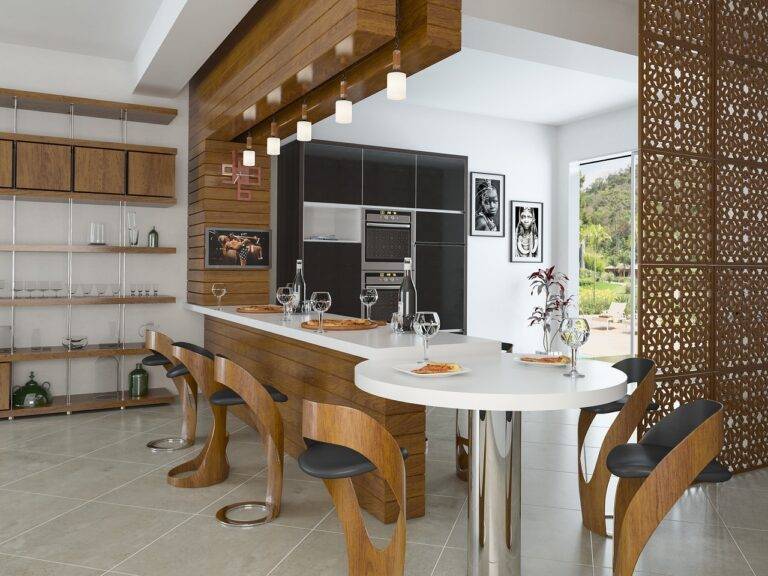Incorporating Smart Lighting Systems for Ambiance and Energy Savings
Smart lighting systems have revolutionized the way we illuminate our homes and spaces. These systems are designed to be energy-efficient, user-friendly, and adaptable to the needs and preferences of the user. By incorporating advanced technology such as sensors, timers, and remote control capabilities, smart lighting systems offer a level of convenience and customization that traditional lighting fixtures cannot match.
One of the key features of smart lighting systems is their ability to be controlled remotely via smartphone apps or voice commands. This allows users to adjust the brightness, color temperature, and even schedule lighting scenes without having to physically interact with the light fixtures. Additionally, many smart lighting systems can be integrated with other smart home devices, such as thermostats and security systems, to create a cohesive and interconnected home automation experience.
• Smart lighting systems revolutionize home illumination
• Energy-efficient, user-friendly, and adaptable
• Incorporate advanced technology like sensors, timers, and remote control capabilities
• Remote control via smartphone apps or voice commands
• Adjust brightness, color temperature, schedule lighting scenes without physical interaction
• Integration with other smart home devices for a cohesive automation experience.
Understanding the Benefits of Smart Lighting
Smart lighting systems offer notable benefits that enhance both the functionality and ambiance of a space. One significant advantage is the energy efficiency they provide, allowing users to reduce their electricity consumption and lower their monthly bills. By automatically adjusting brightness levels and turning off lights when not needed, smart lighting systems help minimize wastage and promote a sustainable approach to lighting.
Another key benefit of smart lighting is the convenience and flexibility it offers. With the ability to control lighting settings remotely through a smartphone or voice commands, users can easily customize the lighting in their space to suit different activities or moods. Whether it’s dimming the lights for a cozy movie night or scheduling lights to simulate sunrise in the morning, smart lighting systems provide a high level of control and personalization for users to enjoy.
Choosing the Right Smart Lighting System for Your Space
When choosing the right smart lighting system for your space, it is essential to consider the size and layout of the area you wish to illuminate. Larger spaces may require multiple light sources or fixtures to adequately brighten the area, while smaller spaces may only need a single smart bulb or light strip. Assessing the specific lighting needs of your space will help you determine the type and quantity of smart lighting products that are best suited to meet your requirements.
Another important factor to consider when selecting a smart lighting system is the level of control and customization you desire. Some smart lighting systems offer basic on/off and dimming capabilities, while others provide advanced features such as color-changing options, scheduling abilities, and integration with smart home platforms. Assessing your preferences for control and customization will help you choose a smart lighting system that aligns with your lifestyle and needs.
What is a smart lighting system?
A smart lighting system is a set of lighting fixtures that can be controlled remotely through a smartphone or voice command. These systems often come with features such as dimming, color changing, and scheduling.
What are the benefits of using a smart lighting system?
Some benefits of using a smart lighting system include energy savings, convenience, customization of lighting scenes, and the ability to control your lights from anywhere.
How do I choose the right smart lighting system for my space?
When choosing a smart lighting system, consider factors such as compatibility with your existing smart home devices, the type of lighting control you desire (dimming, color changing, etc.), and your budget. It’s also important to consider the size and layout of your space to determine how many light fixtures you will need.







